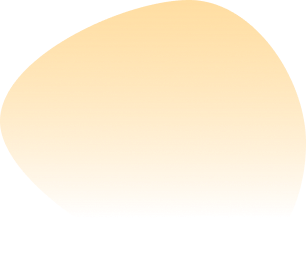
Pterygium Surgery
EyeCare provides effective treatment for pterygium, combining surgical expertise and personalized care to restore comfort and protect long-term eye health
Why Choose EyeCare for Pterygium Treatment in Maldives?
A pterygium is a common condition in tropical climates like the Maldives, often linked to UV exposure. At EyeCare Hospital, our ophthalmologists provide expert surgical removal of pterygium with modern techniques to restore comfort and protect vision. With ongoing monitoring and patient education, we help reduce recurrence and maintain healthy eyes.
What is Pterygium?
A pterygium (often called “surfer’s eye”) is a benign, wedge-shaped growth of tissue on the white part of the eye that can extend onto the cornea.
While small pterygia may only cause irritation, larger ones can distort vision, cause redness, or lead to permanent scarring if untreated.
Get Consultation with Pterygium Treatment Expert
Causes & Risk Factors
- UV exposure: Long-term sun exposure is the biggest risk factor.
- Dry, dusty, or windy environments.
- Outdoor occupations or sports: Fishermen, athletes, and those working outdoors are more prone.
- Genetic factors: Family history can play a role.
Symptoms
- Redness and irritation.
- A visible fleshy growth on the eye surface.
- Dryness, burning, or gritty sensation.
- Blurred vision if the growth extends onto the cornea.
- Cosmetic concerns from the appearance of the growth.
Treatments at EyeCare
1. Ophthalmologist Consultation
Early cases can often be managed with lubricating drops, sunglasses, and lifestyle advice. Regular monitoring is important to assess growth and decide if surgery is needed.
2. Pterygium Surgery
- When it’s needed: If the growth threatens vision, causes persistent irritation, or is cosmetically concerning.
- How it works:
- The pterygium is carefully removed from the cornea and sclera.
- The bare area is covered with a small graft of conjunctiva (tissue from another part of the eye), which reduces recurrence.
- Dissolvable stitches or tissue glue may be used to secure the graft.
- Benefits:
- Restores clear vision if the cornea is affected.
- Relieves irritation and redness.
- Improves cosmetic appearance.
- Reduces the chance of recurrence compared to older techniques.
Pre-Operative Care for Pterygium Surgery
- Comprehensive eye examination to assess corneal involvement.
- Avoid contact lens wear before surgery (if applicable).
- Review of medical history and medications.
- Patients are advised to protect eyes from sunlight and dust before surgery.
Post-Operative Care for Pterygium Surgery
- Medications: Prescribed antibiotic and anti-inflammatory drops for several weeks.
- Eye Protection: Sunglasses outdoors and an eye shield at night to avoid rubbing.
- Activity Restrictions: Avoid swimming, dusty environments, or strenuous exercise for a few weeks.
- Follow-Up: Regular visits to check healing and ensure there are no signs of recurrence.
- Lifestyle Advice: Continued UV protection with sunglasses and hats to prevent regrowth.
Advantages of Pterygium Care at EyeCare
- Experienced surgeons with expertise in modern pterygium removal techniques.
- Use of conjunctival autografting to minimize recurrence.
- Full pre- and post-operative support for safe healing.
- Focus on long-term prevention and patient education.
Book an Appointment

Testimonials
Read inspiring stories from patients who have experienced clearer vision and compassionate care with EyeCare, reflecting the trust and results we strive for every day
Frequently Asked Questions
A. No. Small pterygia that don’t affect vision may be managed with drops, sunglasses, and regular monitoring. Surgery is advised if it grows towards the cornea, causes persistent irritation, or is cosmetically concerning.
A. No. The procedure is done under local anesthesia, and patients usually only experience mild irritation during recovery.
A. Yes, recurrence is possible, especially in patients with high sun exposure. However, modern techniques like conjunctival autografting significantly reduce recurrence rates.
A. Most patients return to normal daily activities within a few days, though complete healing may take several weeks.
A. Protect your eyes with sunglasses that block UV rays, wear hats outdoors, and use lubricating eye drops if your eyes feel dry.

